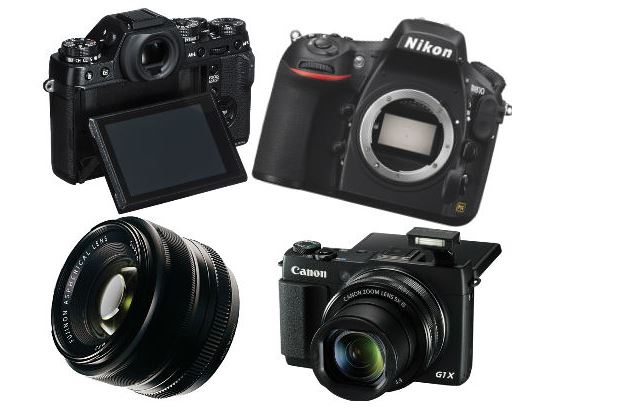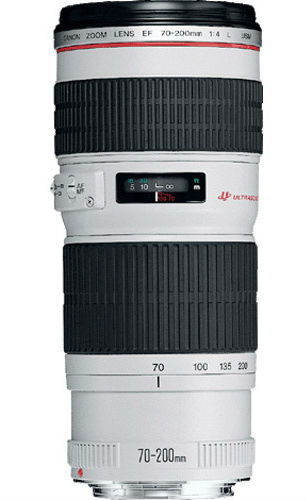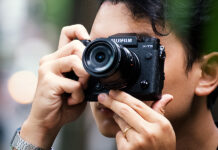
If you’re thinking about taking your photography more seriously this year then hopefully this article will help you take your images to the next level.
First a pro photo tip: Print Your Images
For me, the goal of photography should always be a printed image, something we can hang on our walls and enjoy for years to come. Alternatively you may want to create an album from your images, and there are lots of online book printing options available nowadays to help you create something really amazing.
Equipment Is Not Everything
Today I’m going to start at the very beginning and discuss equipment. But before I go any further I want to qualify everything that follows by saying that equipment should be the least of your concerns as you grow your photography abilities. What you actually do with your equipment is a hundred times more important than the features and specs of that equipment. In fact the limitations of your equipment can become the springboards to honing your style.
Photographers Love Gear
Whatever your own thoughts are on equipment, beware of G.A.S. – Gear Acquisition Syndrome. A lot of photographers are absolute gear junkies, they love the thrill of trying out new equipment, and it’s something I can totally relate to. But we need to be careful not to fall into the mentality that our equipment is holding us back. If you’ve got a good eye, a little talent and a whole lot of perseverance, you can make great photographs, regardless of the equipment you’re using.
All that being said, let’s look at some gear.
Sensor Size
When choosing a camera, my advice is to buy a camera with the biggest sensor you can afford. As a professional, I insist on using a camera with a full-frame sensor, which is the biggest sensor available in the ‘prosumer’ category. (The next level up is medium format, and those cameras are seriously expensive!). For example, here at BestBuy.ca you’ll find the Canon 6D and the Nikon D610.
APS-C Is Great Too
A full-frame sensor creates a bigger file, which means you can make a bigger print with it (I’ve printed as big as 60”x40”), and it also provides better low-light performance. Full-frame is by no means a necessity, even if you intend to shoot professionally – it really just depends on the intended usage of the images. The next step down is an APS-C sized sensor, which will still provide fantastic image quality. In the APS-C category there are a lot more cameras to choose from, because a lot of mirrorless (or ‘compact system’) cameras carry this type of sensor.
Mirrorless vs. DSLR
Some people think that in order to create ‘serious’ photography, you need a DSLR. Well, that’s definitely not the case anymore. Mirrorless cameras have made huge strides in recent years, and are now a very real alternative to the DSLR. If portability is a concern for you, then mirrorless might be the way to go. If battery life if an issue, then it’s probably best to stick with a DSLR. Either way, I would definitely recommend choosing a camera with interchangeable lenses, so that you have the option to explore different fields of interest as you progress.
 Lenses
Lenses
Speaking of lenses, you’ll probably start out using the kit lens that comes with your camera. But you may well think about upgrading your lens as you become more proficient and discover styles and techniques that you want to try for yourself, like narrow depth of field portraits for example. Shooting with a narrow depth of field gives you those dreamy washed out backgrounds that you often see in wedding photography. In order to create this effect you need a lens with a wide maximum aperture. Lenses can be quite pricey, but if you want value, think about investing in a good prime lens. Prime lenses have a fixed focal length, so you can’t zoom in or out. Because of this they have less optical elements, which means they produce really crisp, sharp images. Personally I don’t go anywhere without my 50mm f/1.4 lens.
Third-Party Lenses
One of the big advantages of choosing a DSLR is that you have a lot more lens options available to you. Not only do you have the manufacturer’s own range, but you can also look at lenses from third party manufacturers like Tamron and Sigma. At this point the lens options available for mirrorless cameras are mostly limited to the manufacturer’s own.
Image Stabilization
One of the neat lens features you might come across is image stabilization, which allows the lens to compensate for very small movements of your hands as you hold the camera. Usually we compensate for this by shooting at a higher shutter speed, but in low light situations we are often forced to shoot at slower shutter speeds, and this is where image stabilization comes in handy.
Olympus has actually built image stabilization into it’s camera bodies for it’s range of Micro Four-Thirds mirrorless cameras. This is really cool because it gives you the benefit of stabilization regardless of the lens you’re using. I’m sure this technology will start turning up in a lot more new cameras.
Tripods And Monopods
If you’re planning to shoot night photography, no image stabilization system will help you, you going to have to invest in a tripod. Similarly, if you plan to shoot architecture a tripod is a must. Nature and wildlife is a very popular subject for photography, and one that often relies on big heavy telephoto lenses. A lot of wildlife photographers use monopods to allow them to keep the camera to their eye without tiring out their arms, and in wildlife photography it’s important to keep your eye to the viewfinder so you don’t miss that award-winning moment!
Viewfinders
Not all mirrorless cameras have viewfinders, but it’s one feature that I believe you really should have on your primary camera. Personally speaking, I find looking through the viewfinder really helps me to get into the photographic mindset. I feel that my compositions are more effective and I’m more in tune with my craft and less distracted by what’s going on around me.
Hopefully, all of that has helped you to better understand your equipment needs, but if you have any questions please don’t hesitate to leave a comment below.




Hmm…. print your pictures…
Those are hilarious – thanks for posting @xl!
Comments are closed.